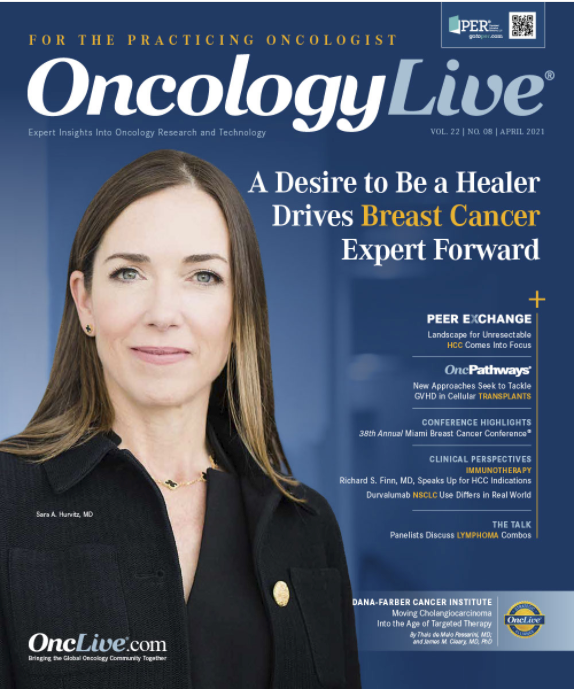Pandemic Intensifies the Struggle With Burnout in Cancer Field
The COVID-19 pandemic has added another burden, with growing evidence of its negative effects on the well-being of many cancer care providers.
Fay J. Hlubocky, PhD, MA
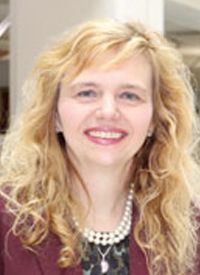
Concern has been building for years about the tremendous pressures that oncology specialists face, including long hours, caring for seriously ill patients, performance standards, reimbursement challenges, and staffing issues. Now, the coronavirus disease 2019 (COVID-19) pandemic has added another burden, with growing evidence of its negative effects on the well-being of many cancer care providers.1
Recent survey findings suggest the pandemic has had a significant impact on the global oncology workforce. Practicing oncologists and hematologists are showing signs of emotional exhaustion. For example, approximately half of the oncologists recently surveyed by Cardinal Health have experienced more burnout at work since the pandemic began. In a survey Cardinal Health conducted with a similar group of oncologists in 2018, less than a quarter said they frequently experienced stress at work or symptoms of burnout.2
The most recent Cardinal Health survey found the increased feelings of burnout were not related to a heavier workload. Instead, loss of face-to-face patient interactions was cited as the top factor contributing to physician burnout during the pandemic, although reduced patient volumes and practice financial loss were also commonly cited (Figure).
Figure. Factors Contributing to Doctors’ Feelings of Burnout2
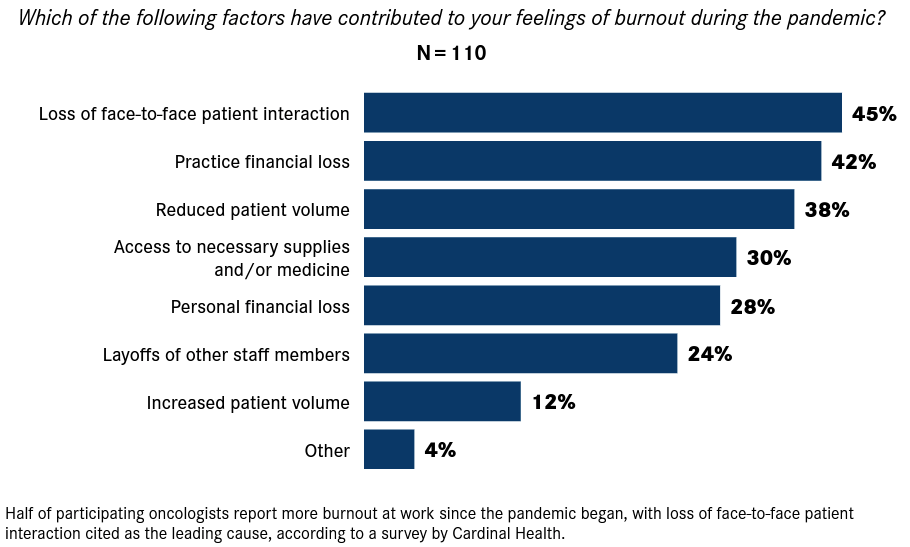
Organizations have a responsibility to support the well-being of their workforce, and a supportive environment can be developed and enhanced through community collaboration.2
"Organizational programmatic initiatives are vital for empowerment of oncologists to grapple with the morally distressing situations encountered during and well after COVID-19 to bolster moral resilience, and professional satisfaction of workforce for the long term,” Fay J. Hlubocky, PhD, MA, of the University of Chicago Medicine, and colleagues wrote in an editorial in JCO Oncology Practice.1
Burnout is Not Just a Problem in the United States
As studies show, physician burnout is a global issue. Recently, the European Society for Medical Oncology Resilience Task Force released the results of 2 surveys conducted last year to determine the impact of the pandemic on burnout, job performance, and well-being in the global oncology workforce.3
The first survey was conducted from April 16, 2020, to May 3, 2020, and involved 1520 oncology specialists from 101 countries. Among respondents, 38% stated that they had experienced feelings of burnout and 78% had felt increased concern for their personal safety since the onset of the pandemic.
The follow-up survey, which was done from July 16, 2020, to August 6, 2020, found that the proportion of respondents reporting feelings of burnout had increased to 49%, and the proportion at risk of distress had increased from 25% to 33% between the 2 surveys.3
“COVID-19 has changed our world. The entire oncology community has been facing rapid changes to help ensure the safety of our [patients with] cancer whilst maintaining care,” lead author Susana Banerjee, MBBS, PhD, MA, FRCP, a consultant medical oncologist and research lead for the Gynaecology Unit at The Royal Marsden in London, England, said during a press conference in advance of the European Society for Medical Oncology Virtual Congress 2020.4
Susana Banerjee, MBBS, PhD, MA, FRCP

“These changes include patient management plans, the way we deliver care, and our daily working practice, taken together with our personal situations outside of work,” she said. “The impact of COVID-19 on well-being has the potential for serious negative consequences on work, home life, and patient care.”
In another recent survey of practicing oncologists at Cancer Care Ontario in Canada, 72% of respondents reported high levels of burnout. Investigators found factors that led to this development include a poor culture of wellness at work, inefficiencies of the practice, and personal resilience.5
Additionally, findings from several studies were presented at the 2020 American Society of Clinical Oncology Virtual Scientific Program (ASCO 2020). In a study from Spain, investigators sought to gauge the impact of professional burnout among residents and oncologists in the first 5 years of their careers. Of the 243 respondents, more medical oncology residents (28.24%) showed a burnout profile than young oncologists (19.79%).6
The highest burnout profile (35.71%) was observed in second-year residents. There was a significant correlation between not having a good work/life balance and adequate vacation time and the burnout score.
“Young oncologists are a special risk population due to high workload, academic pressure, and specific factors related to cancer care,” Elena Elez, MD, PhD, of the Gastrointestinal Tumor Unit, at the IOB Institute of Oncology at Vall d’Hebron University Hospital in Barcelona, Spain, said in an interview with OncLive®. “Medical oncologists deal with complex situations, given the particulars of the discipline with a high emotional impact on patients and families.”
In another study, the Russian Society of Clinical Oncology conducted a survey of 389 doctors aged 26 to 73 years (67% women), including chemotherapists (47.5%) and surgeons (28%), who work in cancer institutions in different regions.7 Overall, 72% of participants had signs of emotional burnout.
“The questionnaires did not show any fundamental differences in the development of symptoms of emotional burnout syndrome in male and female oncologists,” said Tatiana Semiglazova, MD, PhD, ScD, of the Department of Innovative Methods of Therapeutic Oncology and Rehabilitation of the National Medical Research Centre of the Ministry of Health of the Russian Federation in St Petersburg. “At the same time, people over 65 years old with extensive work experience are least susceptible to emotional burnout syndrome. Perhaps this indicates professional adaptation,” she concluded in an interview.
Tatiana Semiglazova, MD, PhD, ScD
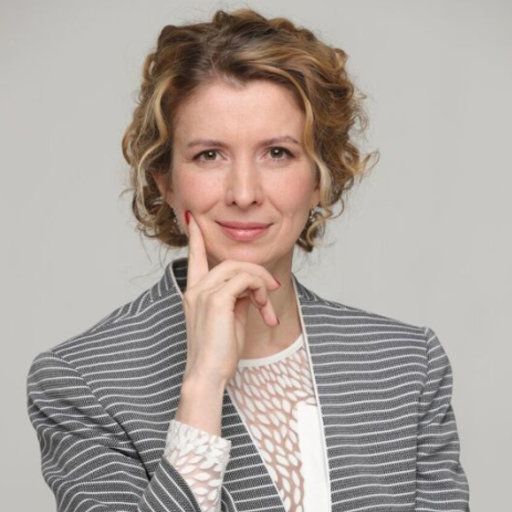
Burnout Affects Oncology Physician Assistants
Although much of the focus on workplace stress has been on specialists, concerns also have been voiced about other cancer care providers. In a study presented at ASCO 2020, investigators conducted a survey to determine whether physician assistants (PAs) in oncology have experienced changes in the rates of burnout.8
Findings showed a significant increase in the rate of burnout for PAs in oncology, from 34.8% in 2015 to 48.7% in 2019.8 “This increase in the rate of burnout was not only statistically significant but profoundly concerning given the negative outcomes for providers, patients, and the health care system associated with burnout,” explained lead author Eric D. Tetzlaff, MHS, PA-C, DFAAPA, advanced practice clinician and physician assistant in the Department of Hematology/ Oncology at Fox Chase Cancer Center in Philadelphia, Pennsylvania.
“All occupations and work settings are at risk for workers to suffer from burnout and the essential elements of burnout remain the same regardless of the work setting or occupation,” he said in an interview.
Eric D. Tetzlaff, MHS, PA-C, DFAAPA
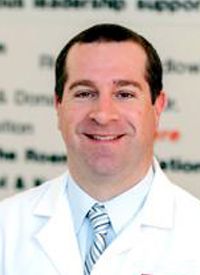
According to Tetzlaff, additional research is needed to better understand the factors associated with fairness and workload. “As an example, workload is not simply defined as the number of patients seen, as we did not find a difference in burnout based on the number of patients seen per week, but there was a difference in burnout based on the number of hours worked per week,” he explained.
Strategies for Preventing Burnout
Because burnout is such a prevalent phenomenon, methods for prevention and management are needed to maintain the well-being of the global clinician population, experts say. Unfortunately, current methods for addressing burnout haven’t been very effective.
One meta-analysis involving more than 1500 physicians found that physician-directed interventions often were associated with “small benefits.” Organization-directed interventions that combined structural changes, fostered communication, and cultivated a sense of teamwork tended to be the most effective.9
“The most effective strategies also allow providers to engage in the meaningful and satisfying work that initially led them to pursue a career in medicine,” Tetzlaff noted. “If we can increase the provider engagement with patients by decreasing the administrative burdens and increasing the practice efficiencies, I believe that not only will we see a decrease in provider burnout but also improved patient care, patient satisfaction, and patient outcomes.”
Organizations should measure burnout in a way to identify the system-level issues that are driving burnout and attempt to correct them, wrote Hlubocky, in the editorial in JCO Oncology Practice (Table1).
Table. Oncology Leader Toolkit1

“Too often, interventions focus on the individual alone (eg, mindfulness, resiliency). which have the unintended consequence of blaming the individual or putting the responsibility for managing burnout on the individual,” Tetzlaff said. “There needs to be a far greater emphasis on system-level concerns that are supplemented by efforts that focus on the individual.”
Tetzlaff emphasized the importance of seeking help when experiencing symptoms of burnout. “We need to continue to have open and honest dialogues about burnout and work to decrease the negative stigmas associated with burnout,” he said. “Burnout in no way should be considered a reflection on the individual as a personal weakness.”
Recognizing the impact of burnout, ASCO in February 2021 released a 5-year plan designed to enhance the well-being of oncology care providers.10 The goal is broaden the resources available and promote research of provider needs. Among the goals, ASCO will promote education and policy solutions centered on well-being and begin to incorporate well-being initiatives within its volunteer and professional development programs. The organization also plans to publish and disseminate information specific to well-being and burnout, as well as highlight areas of research.
References
- Hlubocky FJ, Symington BE, McFarland DC, et al. Impact of the COVID-19 pandemic on oncologist burnout, emotional well-being and moral distress: considerations for the cancer organization’s response for readiness, mitigation, and resilience. JCO Oncol Pract. Published online February 8, 2021. doi:10.1200/OP.20.00937
- Oncology Insights December 2020. Cardinal Health. December 2020. Accessed February 15, 2021. http://bit.ly/3rWJsuX
- Burki TK. Burnout among cancer professionals during COVID-19. Lancet Oncol. 2020;21(11):1402. doi:org/10.1016/S1470-2045(20)30584-2
- Banerjee S, Lim KHJ, Kamposioras KV, et al. The impact of COVID-19 on oncology professionals: initial results of the ESMO resilience task force survey collaboration. Ann Oncol. 2020;31(suppl 4):S1142-S1215. Abstract LBA70. doi: 10.1016/annonc/annonc325
- Singh S, Farrelly AC, Chan C, et al. Assessing burnout among oncologists in Ontario, Canada. J Clin Oncol. 2020;38(suppl 29):41. doi:10.1200/JCO.2020.38.29_suppl.41
- Elez E, Cebria A, Bosch-Barrera J, et al. Identifying burnout in young oncologists: the sooner the better. J Clin Oncol. 2020;38(suppl 15):11010. doi:10.1200/JCO.2020.38.15_suppl.11010
- Semiglazova T, Safina S, Tsimafeyeu I, et al. Results of emotional burnout study among oncologists in Russia. J Clin Oncol. 2020;38(suppl 15):11011. doi:10.1200/JCO.2020.38.15_suppl.11011
- Tetzlaff ED, Hylton HM, Ruth K, Hasse Z, Hall MJ. Burnout among oncology physician assistants (PAs) from 2015 to 2019. J Clin Oncol. 2020;38(suppl 15):11009. doi:10.1200/JCO.2020.38.15_suppl.11009
- Panagioti M, Panagopoulou E, Bower P, et al. Controlled interventions to reduce burnout in physicians: a systematic review and meta-analysis. JAMA Intern Med. 2017;177(2):195-205. doi:10.1001/jamainternmed.2016.7674
- ASCO oncology clinician well-being task force roadmap. American Society for Clinical Oncology. February 26, 2021. Accessed March 4, 2021. https://practice.asco.org/sites/default/files/drupalfiles/2021-01/Final-Roadmap-Graphic.pdf
